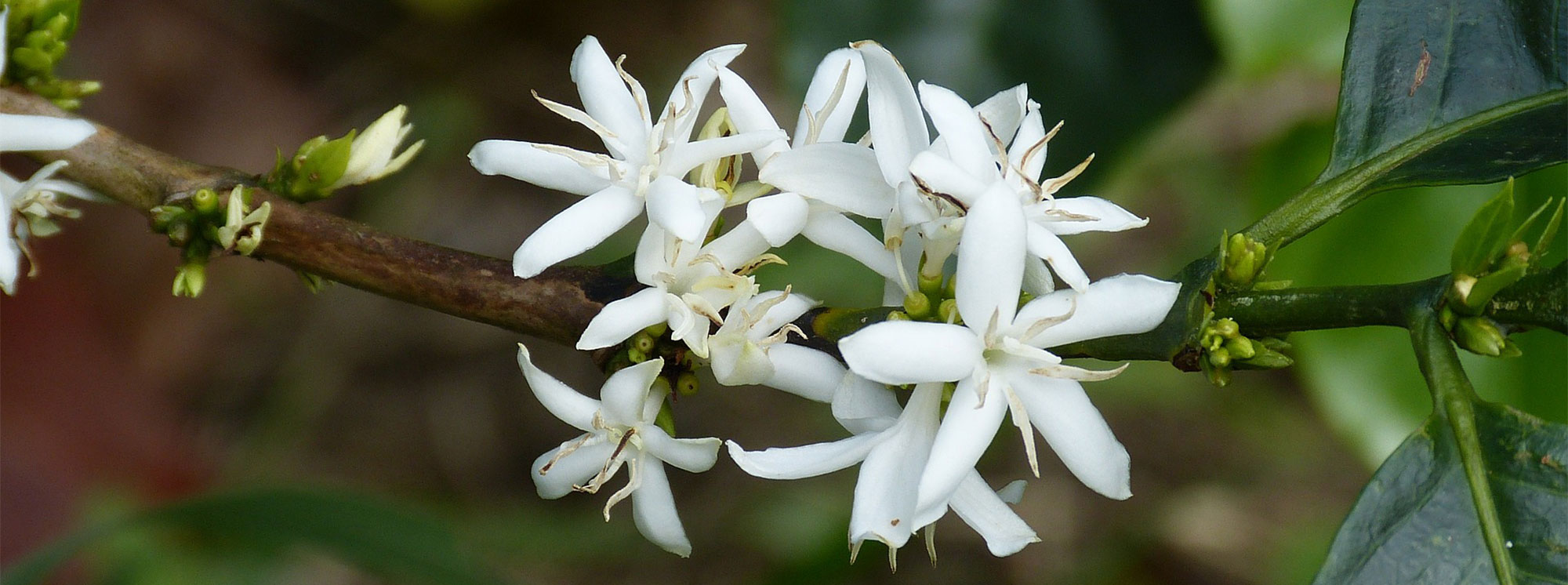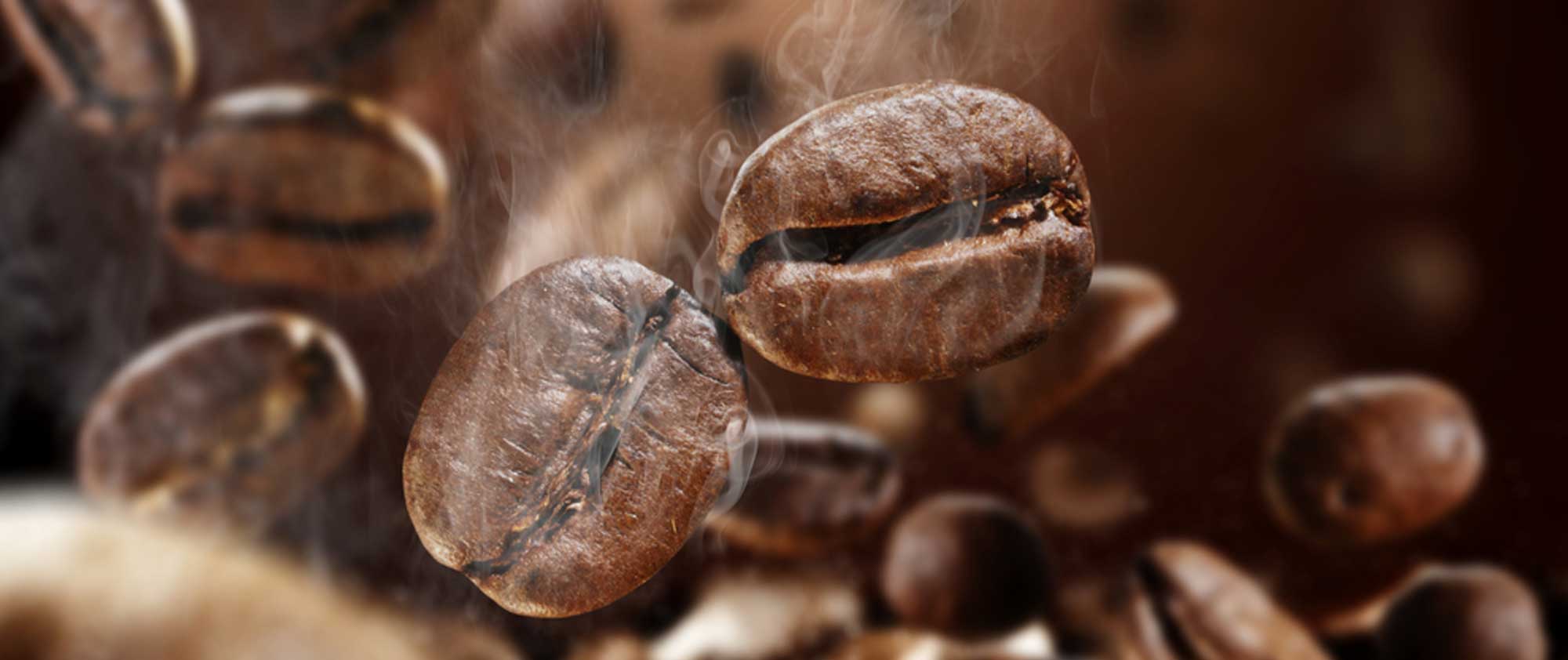
The History of Coffee
THE HISTORY OF COFFEE
ETYMOLOGY OF THE WORD "COFFEE"
DIFFERENCE BETWEEN ARABICA AND ROBUSTA
The main differences between Arabica and Robusta concern the places of cultivation, taste, the quantity of caffeine present in each .
The place of origin
Coffea Arabica is native to Ethiopia, south-eastern Sudan and northern Kenya, but today it is also widely cultivated in Latin America. It currently accounts for 70% of the coffee produced worldwide. Coffea Robusta (or Coffea canephora), on the other hand, is native to West Africa but is currently grown mainly in South-East Asia.
Difference between beans
Arabica and Robusta beans can easily be distinguished from each other. In fact, the former have an elongated oval shape, while the Robusta has rounder beans.
The two types differ in both caffeine and oil content. Arabica contains 18% oils and a maximum of 1.7% caffeine. Robusta, on the other hand, has 9% oils and up to 2.8% caffeine.
The difference in the taste and preparation of the espresso
When you prepare the espresso with two types of coffee beans, the difference can already be seen from the grind.
For the Robusta, a finer grind will be necessary since it has harder beans.
The espresso made with the Robusta will be more full-bodied with a thick crema and will present a more bitter and strong taste.
The espresso with arabica, on the other hand, is considered more valuable since it will have a sweet taste, slightly bitter and slightly acidic but with an aroma, which will leave a pleasant taste even after coffee. Furthermore, Arabica quality is the only one that can give life to a Specialty Coffee.



